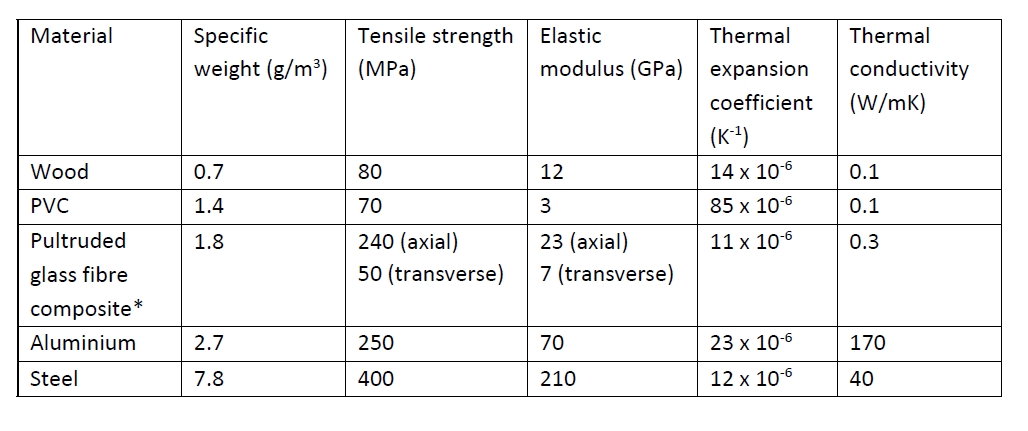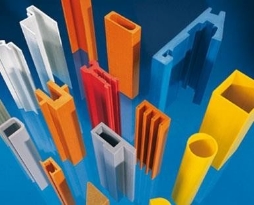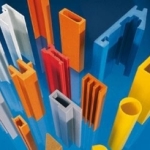25 years ago pultruded glass fibre composite was widely unknown in the building and construction market. Today, more architects, engineers and builders are discovering its benefits and finding ways to incorporate it around the home. The properties of pultruded profiles make them well suited to numerous applications in the residential housing market, where they provide strong, durable solutions, outperforming traditional materials for many years. This has led to their successful adoption in energy efficient window and door systems, and now in a further range of applications such as exterior trim, decking, pergolas, columns and fencing. Composite profiles also present excellent potential for the building of affordable housing, a growing demand worldwide. Offering a combination of properties not available with traditional building materials, and attractive attributes for green builders, the prospects for pultruded profiles are bright.
The composites advantage
Pultruded glass fibre composites offer a combination of properties not available with the traditional building materials of wood, steel, aluminium and polyvinyl chloride (PVC).

A comparison of the properties of pultruded composite with alternative building materials.
(*According to EN 13 706.)
Lightweight: Pultruded profiles are 80% lighter than steel and approximately 30% the weight of aluminium. They are therefore easily transported, handled and installed, resulting in lower costs. Complete structures can often be pre-assembled and shipped to the job site ready for installation.
High strength: Glass fibre composites have excellent mechanical properties, delivering higher strength than steel and aluminium on a kg-for-kg basis. Composites are anisotropic materials and pultruded profiles deliver their highest strength values in the lengthwise (axial) direction. By varying the orientation and format of the reinforcements it is possible to optimise the required strength or stiffness in the direction in which these properties are required. Considerable design freedom can be gained by the capability of adding extra strength in highly stressed areas.
Parts consolidation: With composite materials a designer is integrating various separate parts and functions into one profile and to create complicated shapes which are not possible with other materials. This reduces the number of fabricated parts and, as there are less parts joined together, installation is easier. Single composite parts can replace complex assemblies of multiple parts that are produced with traditional materials such as wood, steel or aluminium.
Corrosion resistance: Glass fibre composite is stable, inert, and impervious to moisture and a broad range of chemical elements. Pultruded products will not rot or rust and require minimal maintenance compared with traditional building materials. Composites are the material of choice for outdoor exposure – in coastal areas, for example, where homes are exposed to airborne and waterborne salt agents.
Durability: Composite structures have a long life span. Many well-designed composite structures are still in use after 50 years of service. Coupled with their low maintenance requirements, this longevity is a key benefit.
Thermal insulation: Glass fibre composite has a low thermal conductivity. This is a significant advantage for applications where energy loss must be minimized such as window and door systems, thermal breaks and cladding.
Dimensional stability: Glass fibre composite has a low coefficient of thermal expansion and pultruded profiles will not expand, shrink or warp.
High and low temperature capabilities: Glass fibre profiles maintain excellent mechanical properties at elevated and very low temperatures (even down to -50°C).
Electrical insulator: Glass fibre profiles are electrically non-conductive and ideal for components in current carrying applications












